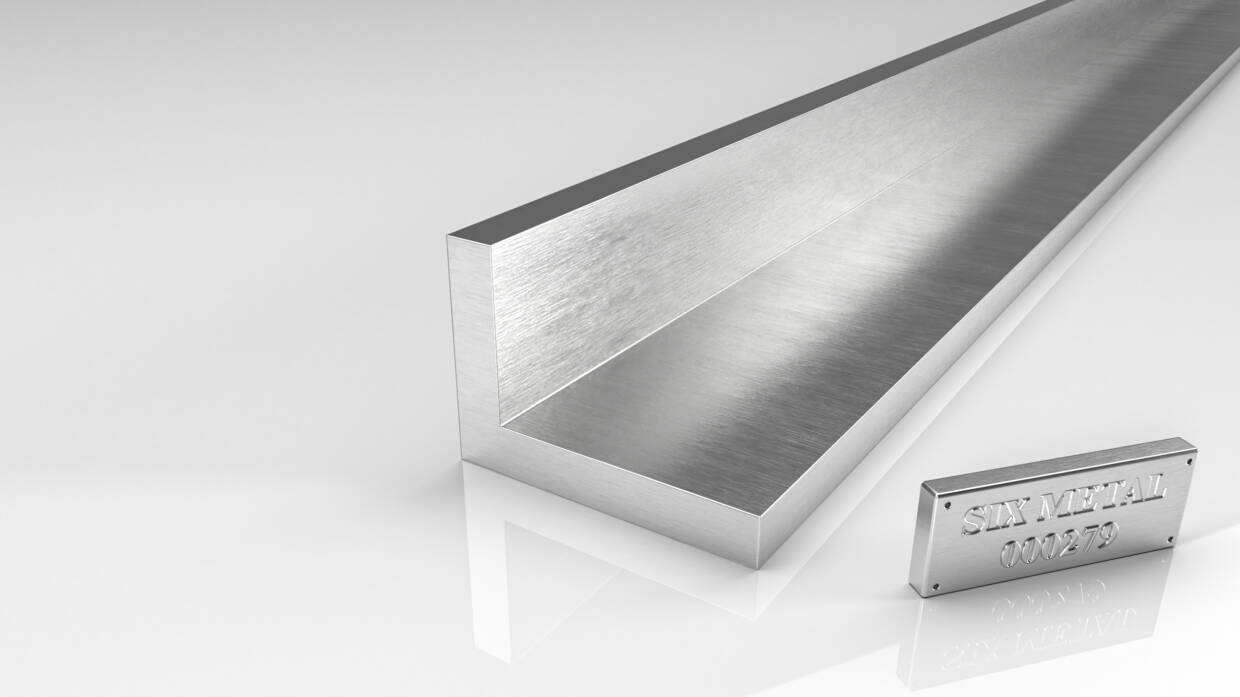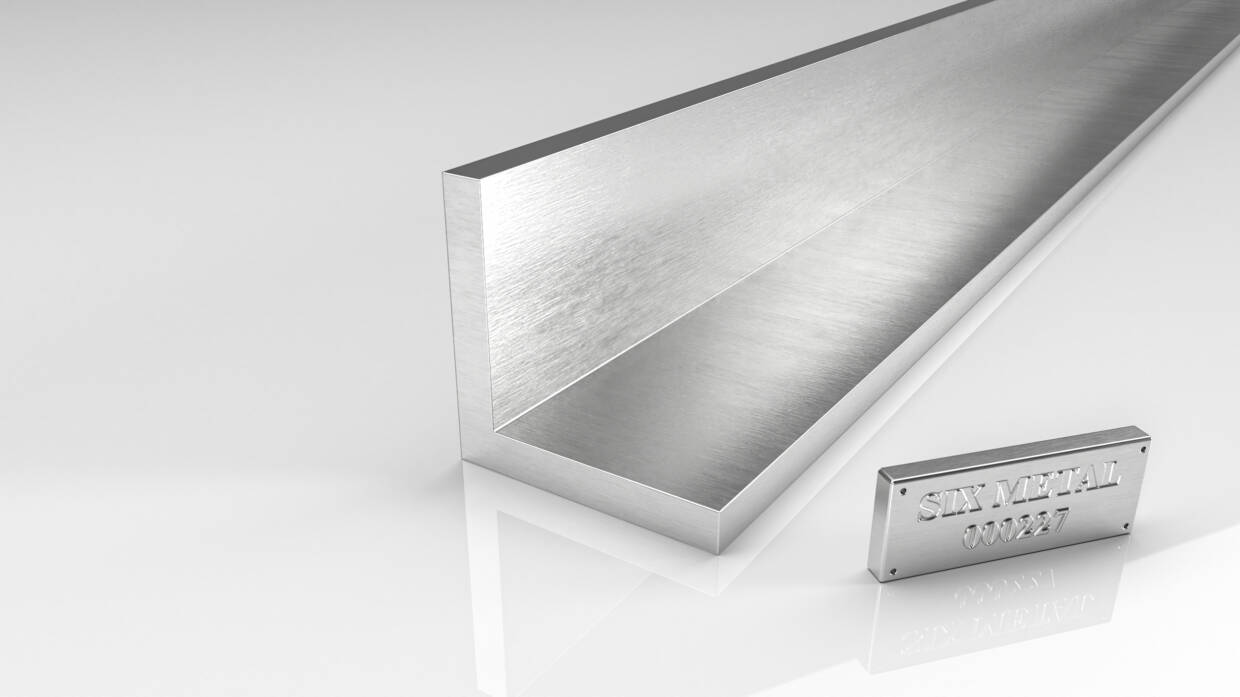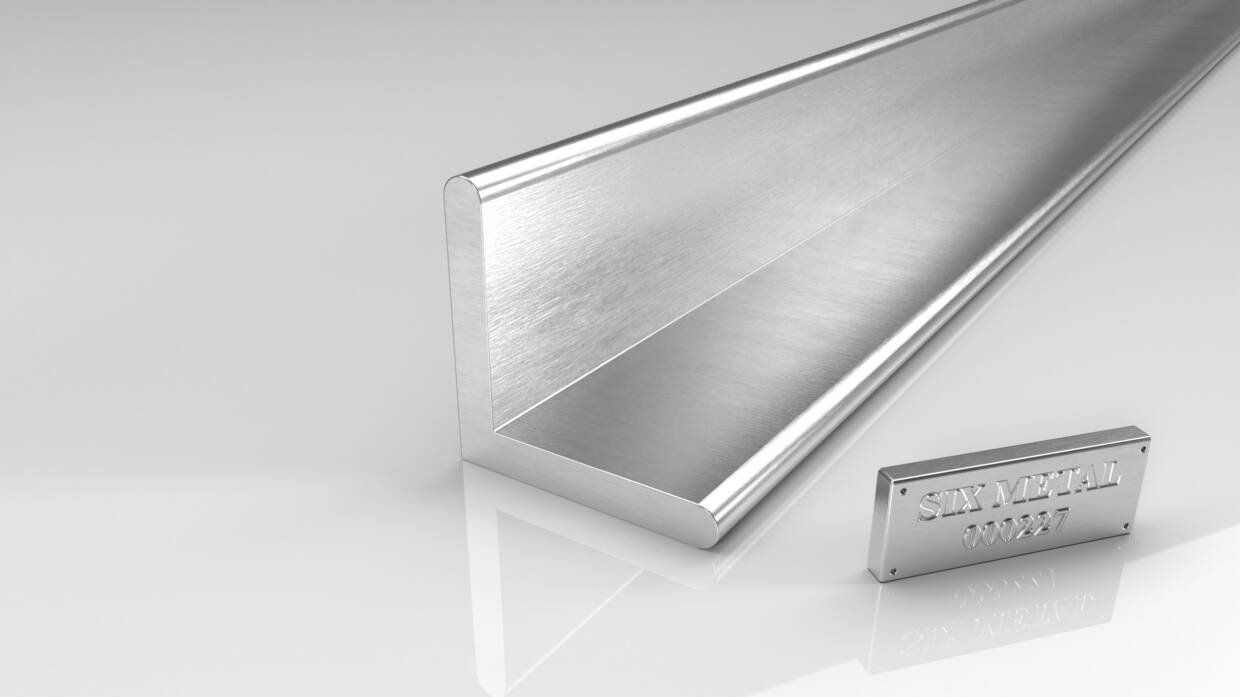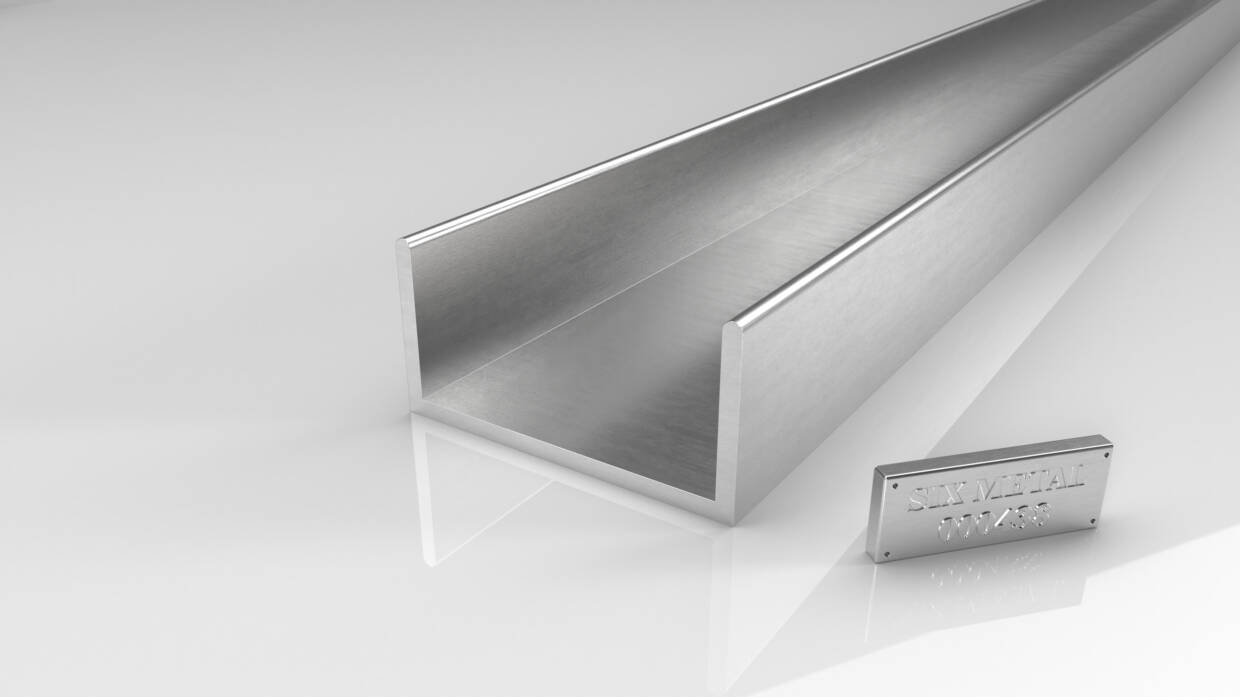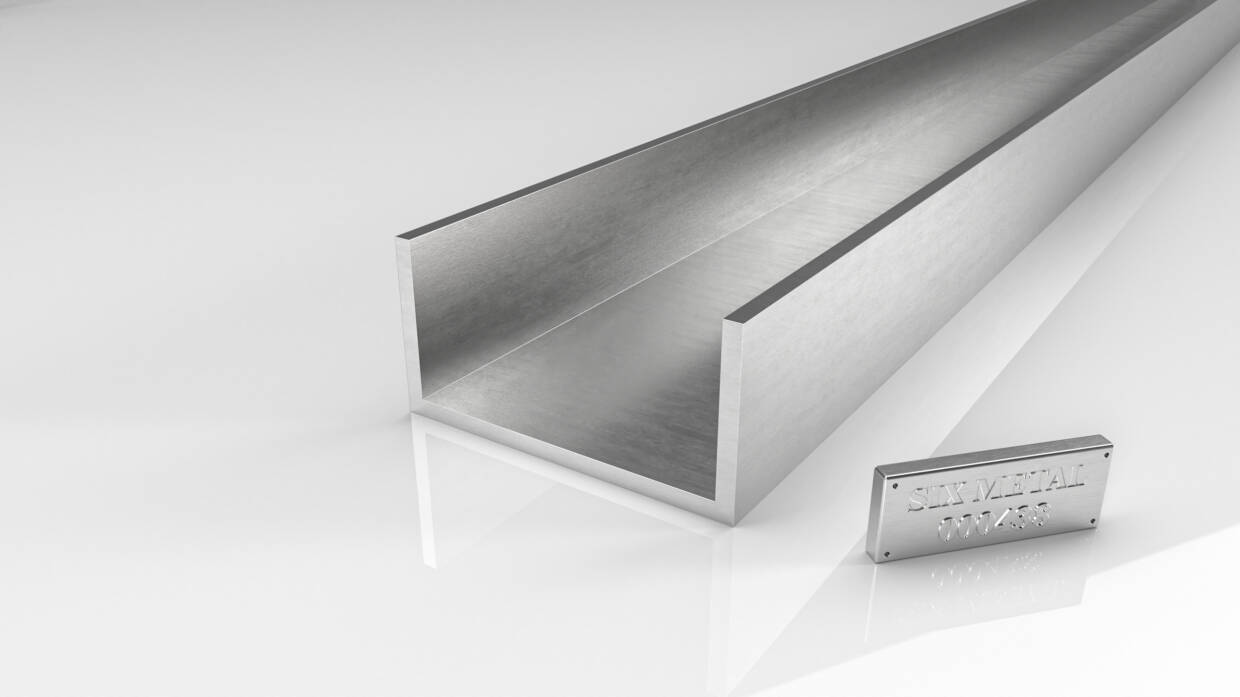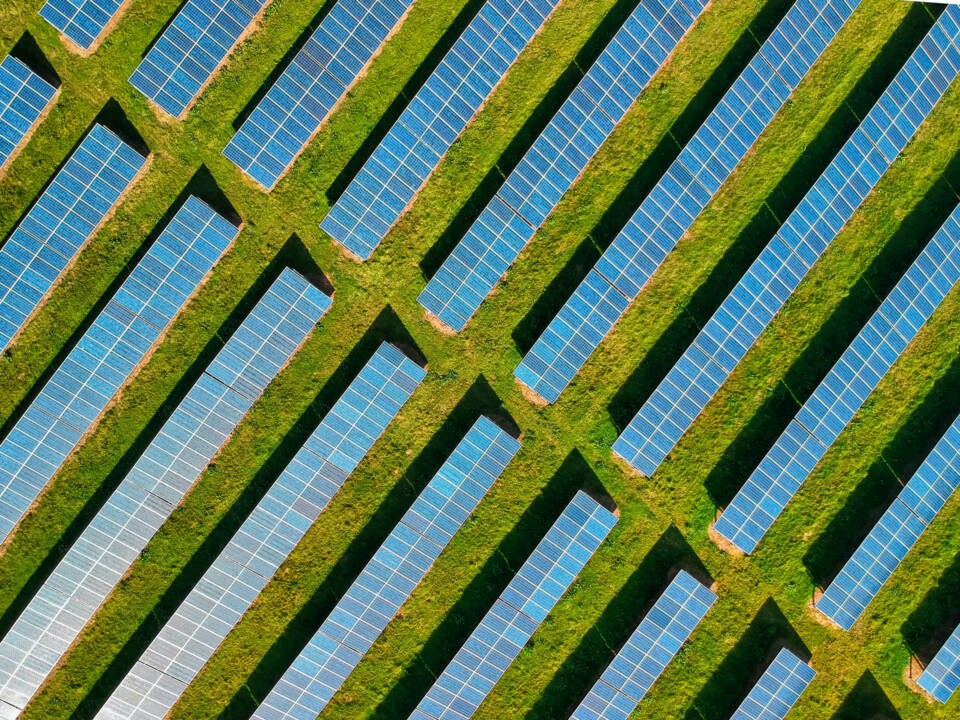
Solar Profiles
Aluminium is a commonly used material in the construction of solar panels. It is used in a number of ways, including as a structural element, electrical conductor, and reflective surface.
One of the primary uses of aluminium in solar panels is as a structural element. Aluminium frames are used to hold the solar cells in place and provide support for the panel. Aluminium is a lightweight and strong material that can withstand the elements, making it an ideal choice for this application.
Aluminium is also used as an electrical conductor in solar panels. It is used to connect the solar cells and conduct the electricity they produce. Aluminium is a good conductor of electricity and is resistant to corrosion, making it a reliable choice for this application.
In addition to its structural and electrical properties, aluminium is also used as a reflective surface in solar panels. Reflective aluminium sheets are used to reflect sunlight back onto the solar cells, increasing their efficiency and output. This is especially important in concentrating solar power (CSP) systems, where large mirrors or lenses are used to concentrate sunlight onto a small area.
Another benefit of aluminium in solar panels is its recyclability. Aluminium is a highly recyclable material, and recycling it uses significantly less energy than producing new aluminium. This makes it an environmentally friendly choice for solar panel manufacturers.
Overall, aluminium is an important material in the construction of solar panels. Its strength, durability, electrical conductivity, reflectivity, and recyclability make it an ideal choice for this application.
Aluminum Profiles Used in Solar System Construction:
T-Profile:
T-profiles are frequently utilized in the construction of solar panel frames because of their capacity to offer both support and stability.
Advantages: The T-shaped design ensures a secure connection between the panel edges, which enhances the overall structural integrity of the structure.
L-Profile:
L-profiles are applied in a variety of applications, including mounting solar panels and providing edge protection for these panels.
Advantages: The L-shaped profile enables secure mounting of panels onto roofs or support structures, which ensures the panels' lifetime and stability.
U-Profile:
Application: U-profiles are utilized in solar panel systems for a variety of functions, including cable management.
Advantages: A U-profile that is designed for cable management makes it easier to organize where wires are placed, which guarantees a tidy and effective installation.
Z-Profile:
Usage Z-profiles are the preferred method for mounting solar panels and attaching them to roofs in solar energy systems.
Advantages: The Z-shaped design provides for secure panel attachment onto roofs, which allows for optimal sunshine exposure at an optimal angle.
Edge Trim Profile:
Usage: Edge trim profiles are utilized to protect the appearance of solar panel edges while also improving their overall appearance.
Advantages: These profiles offer protection against impacts and scratches to the delicate margins of the panels, which helps to ensure that they will last for a long time.
For more detailed and accurate information, you can check our catalogue or directly contact us.

